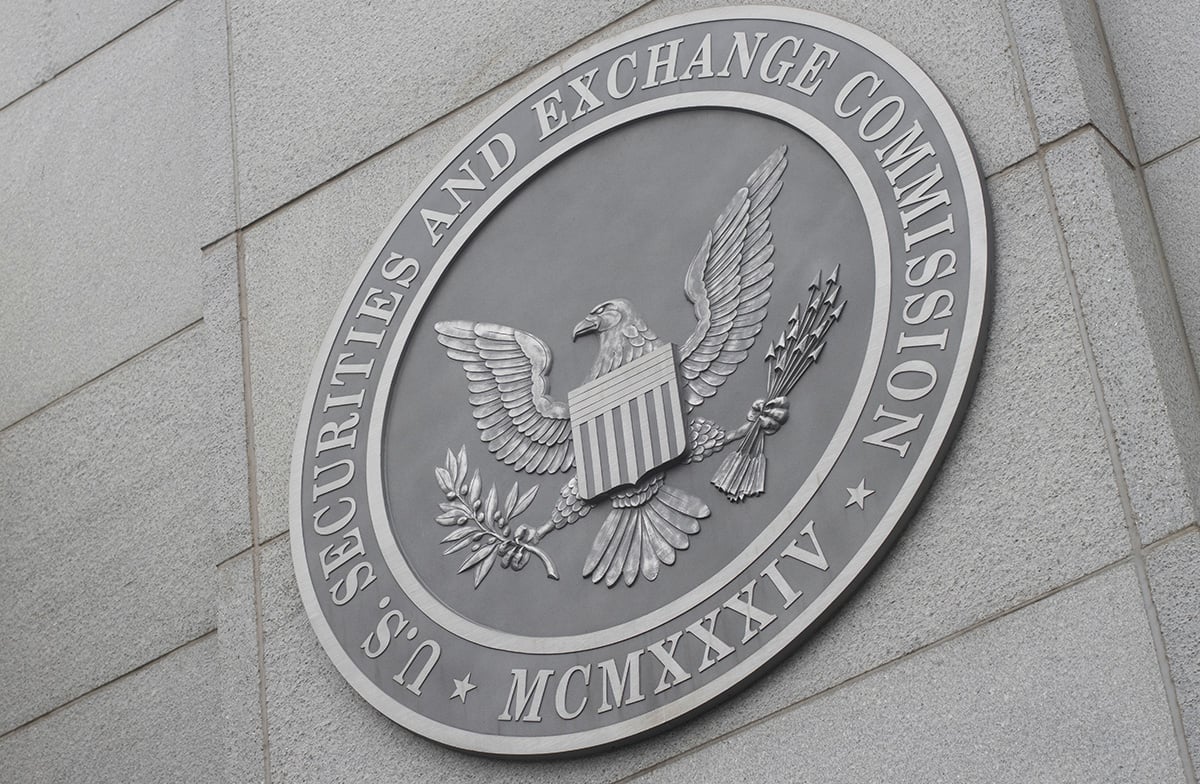TLDR
- Nine US lawmakers push SEC to enable crypto investments in 401(k) retirement plans.
-
Trump’s executive order could allow millions of Americans to invest in Bitcoin via 401(k)s.
-
A 1% allocation of 401(k) funds to crypto could bring $93 billion into the market.
-
SEC and Labor Department are urged to update regulations to make crypto accessible in retirement funds.
Nine U.S. lawmakers are urging the Securities and Exchange Commission (SEC) to act quickly on an executive order (EO) from President Donald Trump that could open 401(k) retirement plans to crypto investments. The lawmakers, including House Financial Services Committee Chairman French Hill and Subcommittee on Capital Markets Chairman Ann Wagner, sent a letter to SEC Chairman Paul Atkins, urging swift action to enable crypto access in retirement funds.
The letter emphasized that millions of Americans are currently restricted from investing in alternative assets like cryptocurrencies within their 401(k) plans. The lawmakers are pushing for the SEC to revise current regulations, making it easier for everyday investors to diversify their retirement savings into alternative assets, including Bitcoin and other cryptocurrencies.
Trump’s Executive Order on Democratizing Alternative Assets
In August 2025, President Trump signed an executive order aimed at democratizing access to alternative assets in U.S. 401(k) plans. The EO directs the SEC and the Department of Labor (DOL) to update their regulations, enabling 401(k) plan participants to include alternative assets like cryptocurrencies.
This executive order is a part of a broader effort to allow retirement savers to diversify beyond traditional stocks and bonds, potentially offering more growth opportunities.
The EO has generated attention because it would allow regular American workers to invest in assets such as Bitcoin, which has traditionally been limited to accredited investors or high-net-worth individuals. The idea is to give individuals more freedom in how they manage their retirement funds, especially in a time of high inflation and concerns about fiat currency devaluation.
A Potential Surge in Crypto Inflows
Lawmakers have pointed to the potential of a massive influx of capital into the crypto market if this executive order is implemented. According to estimates, even a modest 1% allocation of the $9.3 trillion in U.S. 401(k) assets into cryptocurrencies could bring $93 billion into the market.
This would be a significant increase compared to the $60.6 billion that has already flowed into Bitcoin exchange-traded funds (ETFs) since their launch in 2024.
If implemented, the policy could provide crypto with a solid foothold within mainstream financial systems, especially among long-term investors looking for diversification in their portfolios. The added legitimacy of crypto in retirement plans could further boost the adoption of digital assets as a store of value and long-term investment strategy.
SEC and DOL Efforts to Update Regulations
The push from lawmakers comes after the Department of Labor reversed its anti-crypto guidance in May 2025, which had previously advised caution regarding the inclusion of crypto in retirement plans. This reversal was a critical step in paving the way for cryptocurrencies to be included as part of 401(k) investment options.
The lawmakers are urging the SEC to move forward with the necessary adjustments to its current regulations and guidance to align with the August EO. The revisions would allow plan fiduciaries to offer crypto exposure in retirement plans if they believe it enhances the risk-adjusted returns for investors.
The changes are also expected to include updates to the rules around accredited investors, which have historically prevented many average Americans from participating in alternative investment markets, including crypto. The bipartisan legislation moving through Congress aims to expand access to such markets, creating more opportunities for everyday investors to diversify their portfolios.
By revising the current regulations, the SEC and the DOL could open up new investment channels for the millions of Americans currently restricted from accessing alternative assets. This could be a pivotal moment in the ongoing integration of cryptocurrency into traditional financial systems.






